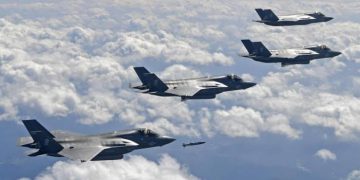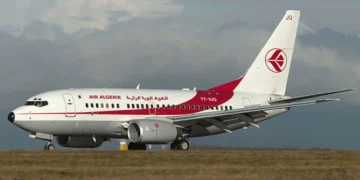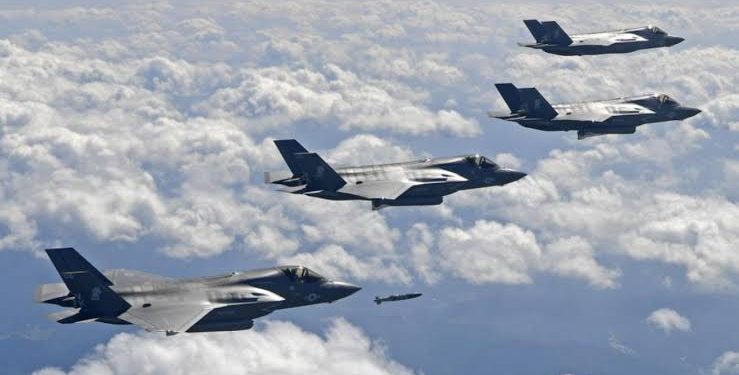By Oyintari Ben
South Korean military claimed that two Chinese and six Russian aircraft crossed its air defence zone on Wednesday, at which point it scrambled fighter fighters.
Starting at approximately 5:50 a.m. (2050 GMT Tuesday), the two Chinese H-6 bombers repeatedly entered and exited the Korea Air Defence Identification Zone (KADIZ) off South Korea’s southern and north-eastern coasts, according to the Joint Chiefs of Staff (JCS) in Seoul.
Together with the Russian airplanes, which included TU-95 bombers and SU-35 fighter jets, they re-entered the zone hours later from the Sea of Japan, also known as the East Sea in South Korea, and departed after 18 minutes in the KADIZ, according to the JCS.
According to a statement from the JCS, “Our military sent air force fighter jets ahead of the Chinese and Russian aircraft’s entry of the KADIZ to implement tactical measures in readiness for a potential situation.”
It claimed that the aircraft did not trespass into South Korean airspace.
Countries that require additional identification procedures for foreign aircraft are said to have air defence zones. There are no international regulations controlling air defence zones, unlike the air above a nation’s territory and territorial waters.
Korea’s air defence zone is not recognized by Moscow. Beijing declared that the area is not a nation’s airspace and that all nations should be able to move about freely there.
Following the Chinese bombers’ flight from the East China Sea into the Sea of Japan, where they were joined by two Russian drones, Japan’s Air Self Defence Force also launched fighter jets, according to a later news release from Tokyo’s defence ministry.
In the past, both China and Russia claimed that their warplanes regularly engaged in cooperative training.




































